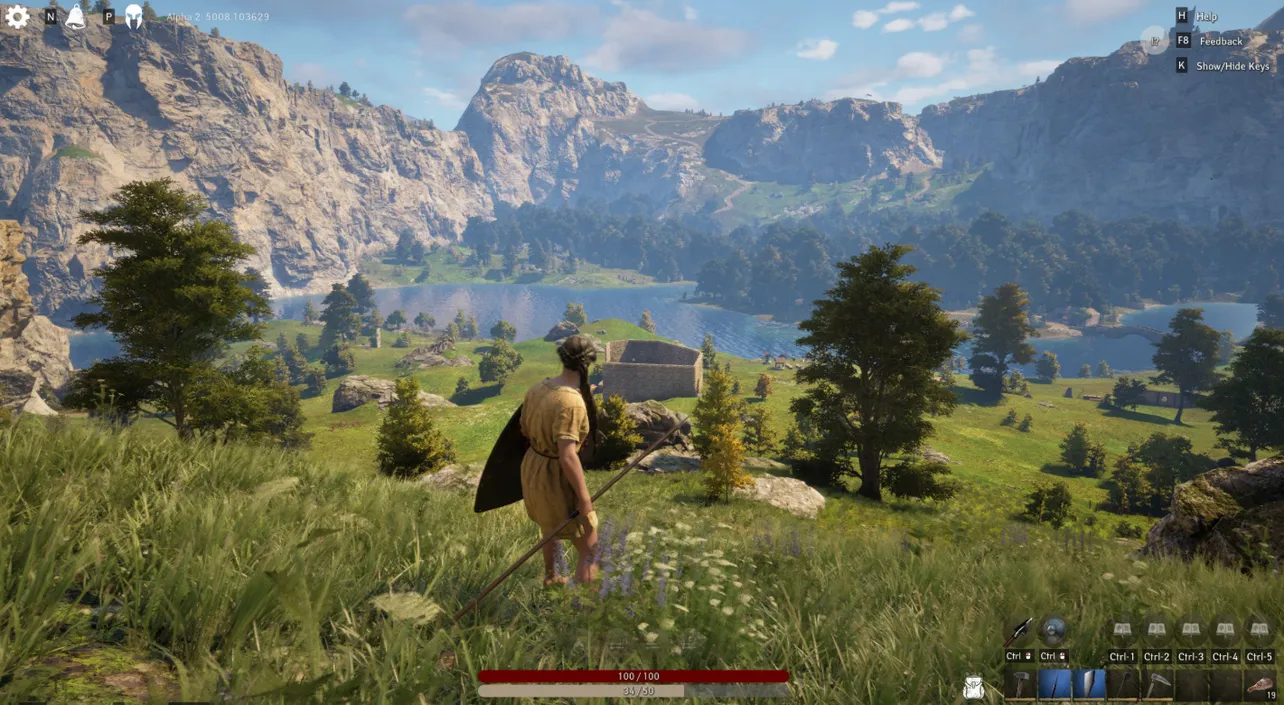Pax Dei does not use traditional character classes. There’s no front-loaded choice that locks you into Warrior, Priest, or anything else. Instead, your role comes from the equipment you wear, the abilities imbued in that gear, and the skills you advance over time. That design is intentional: it keeps your character flexible, lets your build evolve with your crafting and loot, and avoids funneling everyone into fixed class archetypes.
Roles still exist: tank, healer, DPS
Even without class selection, group combat follows familiar MMO patterns. Encounters rely on:
- Aggro (hate) management to control enemy focus
- Health points that deplete to death if not sustained
- Endurance that powers movement and actions, including attacks
In practice, parties still field tanks, healers, and various flavors of damage dealers. The difference is how you get there: you assemble a role with gear, abilities, and skills rather than a class button on a character creation screen.
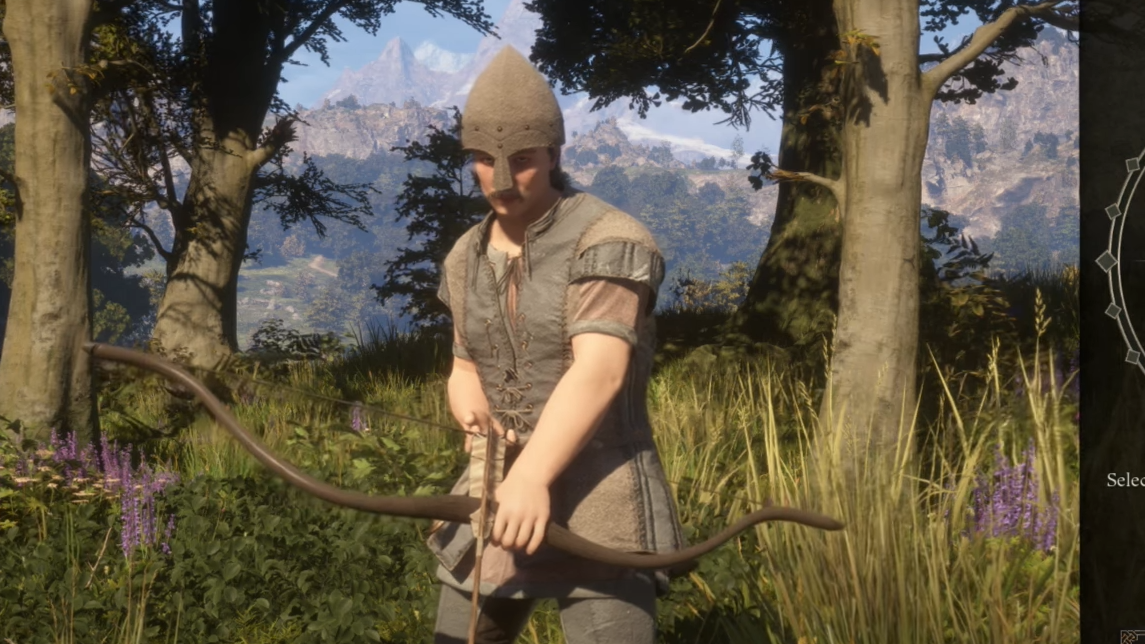
Build a role with gear, abilities, and skills
Items define your toolkit. Weapons, armor, and accessories can carry active and passive effects: spells, weapon techniques, buffs, and debuffs. Advanced crafting enhances gear with those effects, and combinations can be tuned to match a fight, a zone, or a group composition.
Examples that illustrate the system:
- A plate-wearing frontliner can pair a helmet that provokes enemies with an amulet that casts a sleep effect to manage pulls.
- The same character can swap one armor piece for legs that grant a heal, or slot a ring that mesmerizes, to lean hybrid.
- A healer can equip threat-damping jewelry to stay off the top of the hate table during heavy healing.
Skills round this out. Certain item effects have prerequisites (you can equip the weapon, but only unlock a bonus if you’ve trained the relevant skill), and many spells scale with your skill level in their school of magic. That encourages synergy between what you wear and what you train.
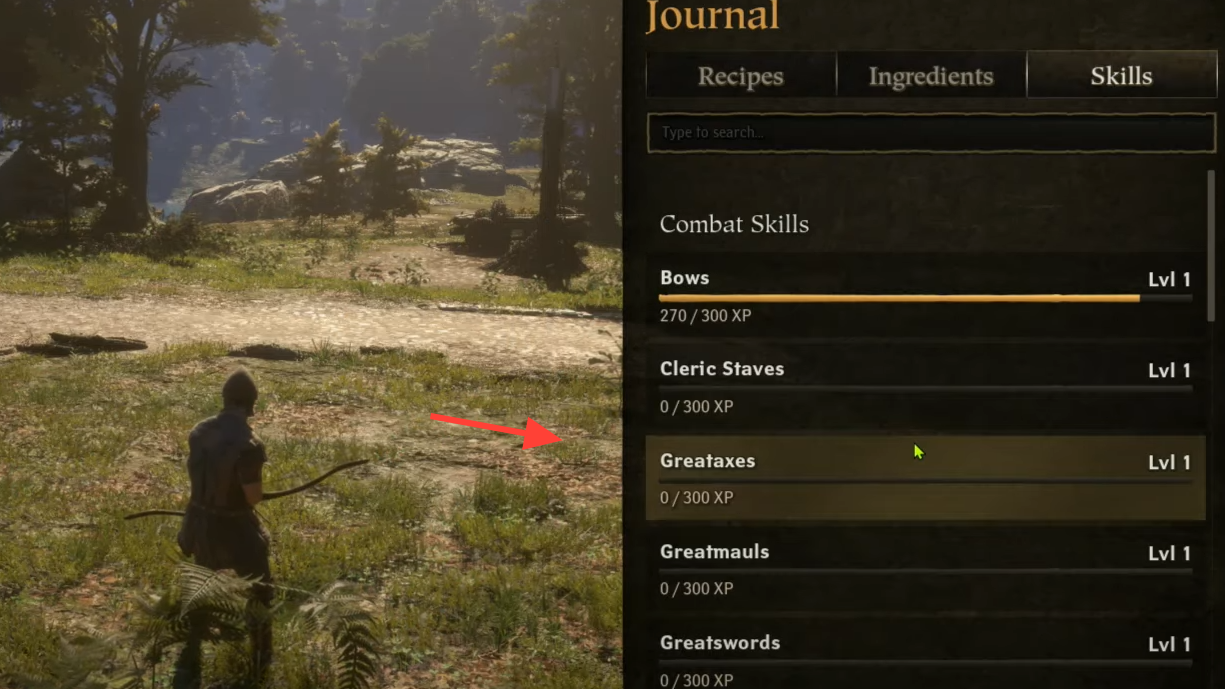
Example builds and trade-offs
| Role intent | Core gear choices | Ability examples | Skill synergies | Trade-off notes |
|---|---|---|---|---|
| Main tank | Heavy armor set prioritized for survivability | Threat-triggering helm; crowd-control amulet for pulls | Weapon/defense skills; any magic school tied to threat/CC effects | High durability and control at the cost of mobility and inventory space |
| Hybrid tank-support | Mix of heavy with selective pieces that grant utility | Heal on armor piece; ring with mesmerize | Healing-related magic to improve spell potency | More buttons and resource management, less pure mitigation |
| Healer | Gear that carries healing and mitigation support effects | Threat-reducing accessory while healing | Life-aligned magic to scale heals | Positioning and aggro awareness are critical; survivability depends on set choices |
| DPS (melee or ranged) | Weapons and armor tuned for damage effects | Damage-over-time or burst techniques on weapons | Damage schools or weapon mastery that scale procs | High output but fragile; relies on tank control and healer uptime |
Progression without a class tree
Two levers drive progression:
- Itemization and crafting: Higher-tier equipment and rare augment options come from deeper PvE and advanced stations. Over time, your set becomes a curated kit of abilities that play well together.
- Skills and scaling: Training the right skills unlocks or strengthens effects embedded in your gear. In theory, any character can raise all skills; in practice, most players specialize to maximize returns.
Because items aren’t soulbound, clans can pool and rotate gear to cover different encounters. That shared economy reduces grind duplication, but it also increases the cost of trying to “be everything” at once—inventory limits and logistics become real constraints.
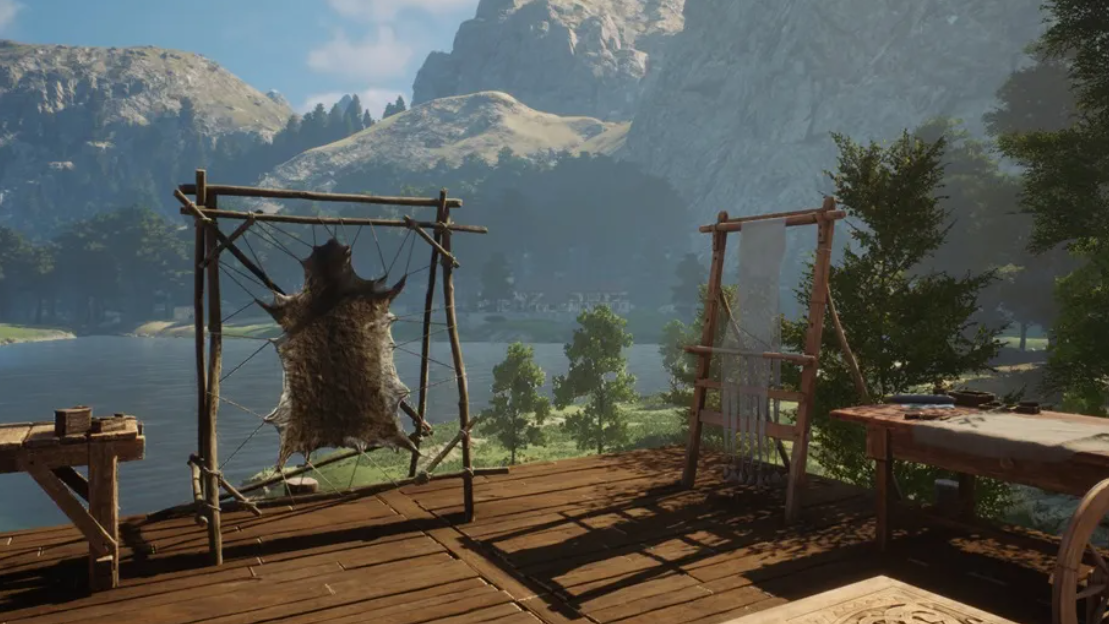
Loot, dungeons, and where builds actually come from
The long-term reward loop emphasizes rare materials over showering finished legendaries. While magical items can drop, the primary path is to earn unique components from PvE and use them to craft high-end gear with the effects you want. The most valuable resources sit in dangerous places, including open dungeons where multiple groups can be present. Expect shared loot tables for similar enemy types and rarer drops from tougher foes.
Those open spaces are intentionally social. You can collaborate to clear a wing or compete for priority targets and their rewards. Outside safe Home Valleys, some provinces flag everyone for PvP while you’re inside them and contain unique resources you won’t find elsewhere. That structure creates risk-driven routes to materials and reasons to organize escorts, scouts, and supply lines.
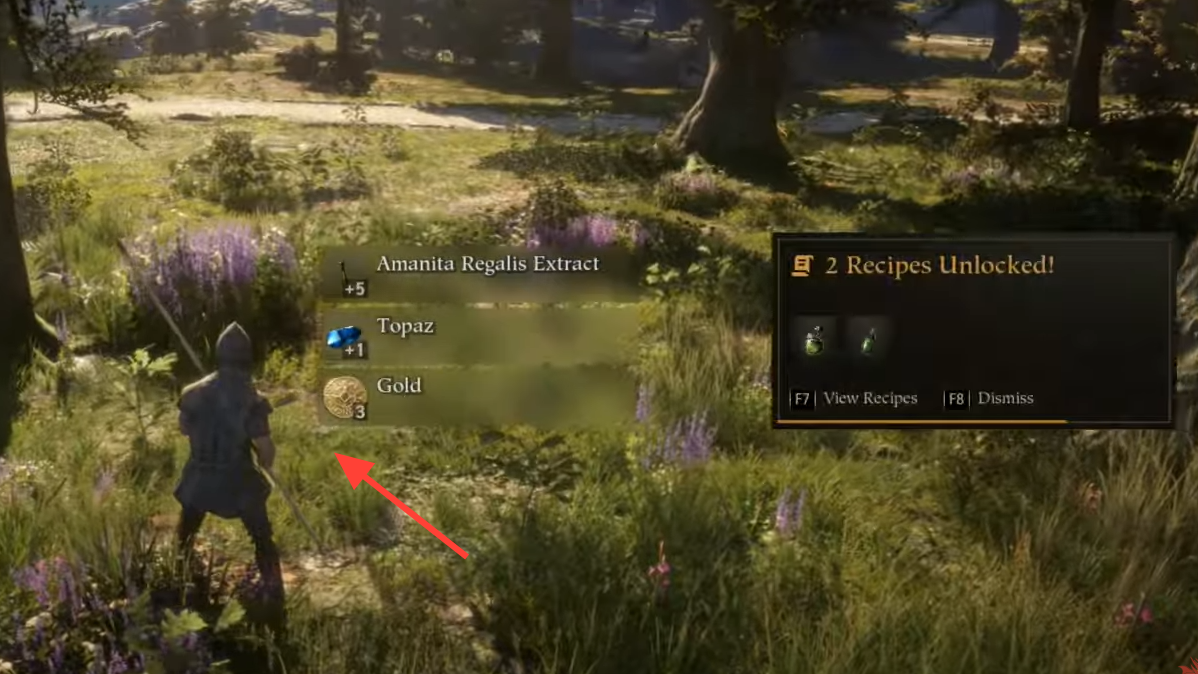
Death, durability, and risk management
Death has teeth. Your gear remains on your corpse until recovered, and in PvP, opponents—or even allies—can loot some items. Many pieces also have durability; higher-quality gear generally lasts longer, but you’ll encounter powerful recipes with limited lifespans by design. That pushes choices: bring the fragile powerhouse for a key fight, or stick with a sturdier option for extended runs.
Practical implications:
- Arrange retrieval plans before risky dives; know the route back to your body.
- Balance your loadout for the journey as well as the boss: carry what you need, but leave room for what you’ll find.
- Coordinate roles and swap items within the group to adapt mid-session.
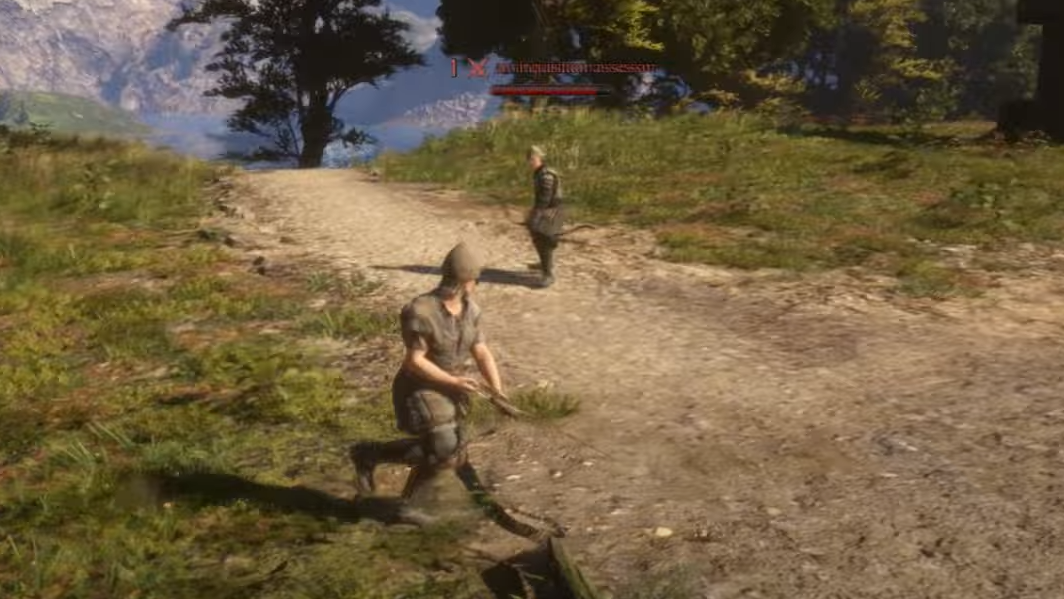
What “no classes” means for your party
Role clarity still matters. Tanks need reliable threat tools and mitigation, healers need stable throughput with low aggro, and DPS need consistent uptime. The difference is that you define those jobs with what you craft and carry, and you can reconfigure between outings without rerolling. Over time, specialization emerges naturally from your skill choices and the kits your group invests in.
If you’re coming from class-locked MMOs, expect fewer hard walls and more deliberate gear planning. Think in terms of loadouts, synergies, and logistics—and be ready to swap a ring or chest piece to solve the pull in front of you.

